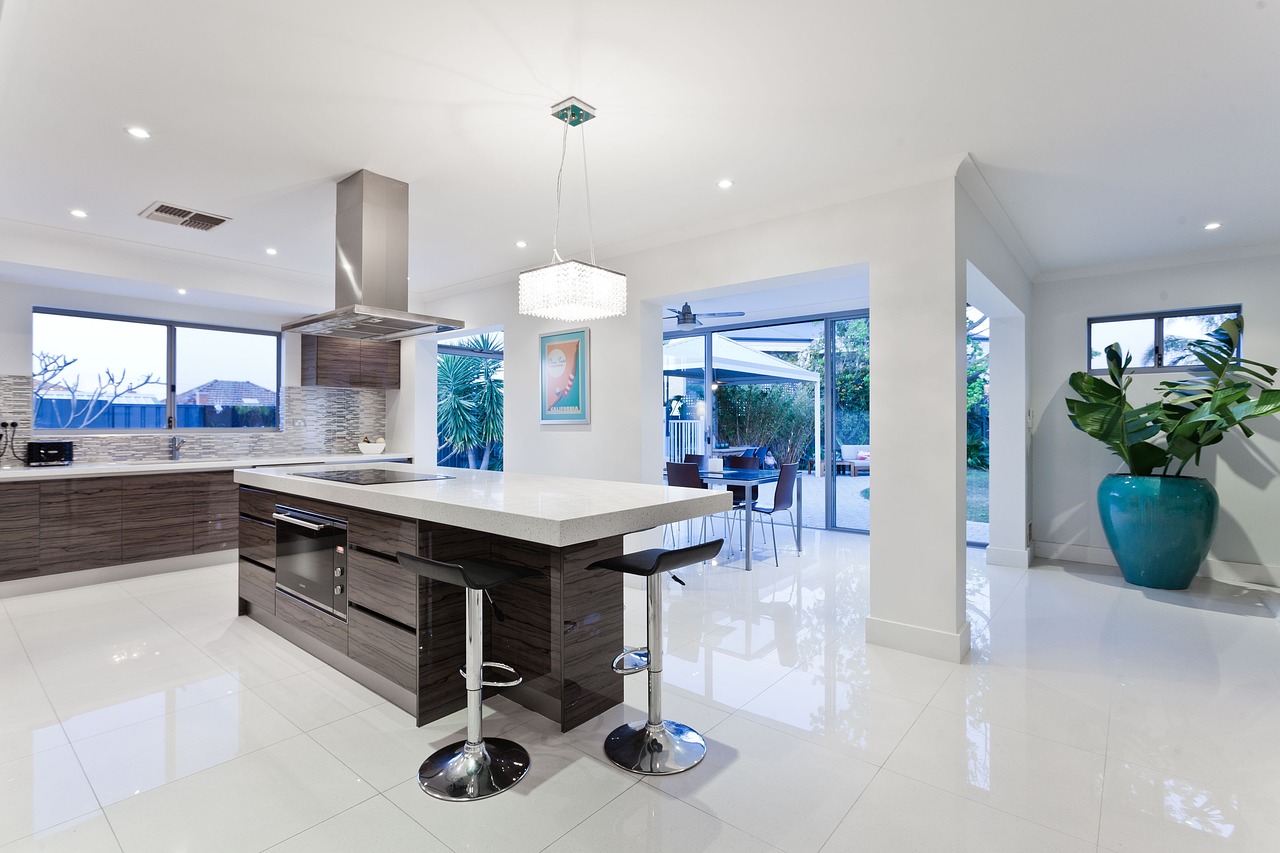
5 Aging in Place Kitchen Design Tips
Creating a kitchen that supports aging in place involves thoughtful design that prioritizes safety, accessibility, and convenience. Here are five essential tips to ensure your kitchen remains functional and comfortable as you age.
1. Optimize Accessibility
Accessibility is key to an age-friendly kitchen. Consider installing adjustable countertops and cabinets that cater to varying heights and physical abilities. Pull-down shelves and pull-out drawers make it easier to reach items without straining or bending. Lever-style handles on cabinets and faucets are easier to use than traditional knobs, especially for those with arthritis.
2. Enhance Lighting
Proper lighting is crucial for safety and ease of use. Incorporate multiple layers of lighting, including task lighting for countertops and cooking areas, ambient lighting for general illumination, and accent lighting for aesthetics. Under-cabinet lighting can reduce shadows on work surfaces, and motion-sensor lights can help navigate the kitchen at night without fumbling for switches.
3. Non-Slip Flooring
Slippery floors are a significant hazard in the kitchen. Opt for non-slip flooring materials such as textured vinyl, cork, or rubber, which provide better traction than traditional tile or hardwood. Additionally, consider installing cushioned mats in areas where you stand for extended periods, like in front of the sink or stove, to reduce fatigue and the risk of falls.
4. Smart Storage Solutions
Efficient storage solutions can greatly enhance the functionality of your kitchen. Pull-out pantry shelves, lazy Susans, and deep drawers can make accessing items easier. Keep frequently used items at waist level to minimize bending and reaching. Also, consider using transparent containers and labeling to quickly identify contents without unnecessary searching.
5. Appliance Considerations
Choosing the right appliances can significantly impact your kitchen’s usability. Look for appliances with easy-to-read controls and displays, and consider wall ovens installed at a comfortable height to avoid bending. Induction cooktops are a safer option than traditional gas or electric ranges, as they cool down quickly and reduce the risk of burns. A side-by-side refrigerator with a freezer on one side and fridge on the other can be more accessible than a traditional top-and-bottom model.
By incorporating these design tips, you can create a kitchen that is not only functional and safe but also a pleasant space to enjoy as you age. With thoughtful planning and the right modifications, your kitchen can support your lifestyle and needs for years to come.

